When you press the switch and complete the circuit, you create a potential difference of maybe-up-to-1V (depending on the magnitude of the ground resistance as compared to the 100Ω of the bulb) between the two points in the physical ground that correspond to your two ground symbols. This potential spreads out throughout the ground (we can consider the ground as a very large grid of very small resistors, and in the simplest case we can consider it to be a uniform grid), which means that if you place probes at (almost any) two other points, there will also be a potential between those probes, with the ability to light up a bulb. This is called "ground lift".
And yet, in your scenario where multiple people have their own copies of exactly your second circuit, there is no interference as long as we stick to idealized models. Each circuit has a battery, a switch, and a lamp. If the switch is open, no current can flow, no matter what anyone else is doing. If the switch is closed, then current flows, inversely proportional to the total resistance around the loop. All the current entering one ground terminal has to leave the other. As long as the switch is an ideal switch, the voltage source is an ideal voltage source, and the ground is an ideal resistor, the ground lift caused by other people has no impact on the circuit.
However, if we let things be less-than-ideal then yes, there is interference. For example: a real switch has some capacitance between its terminals, which means that a tiny amount of current flows through your circuit every time someone presses or releases their switch, even when your switch is open. A real battery isn't an ideal voltage source either: it acts a little bit like a capacitor in series with a resistor. And the ground isn't a uniform grid of tiny resistors; it's a nonuniform aggregate of dirt, rocks, water (containing various minerals), buried metallic pipes, etc. Its resistance is probably not constant, but dependent on the voltage across it. So the brightness of your bulb while the switch is closed could vary depending on what other people are sending at the moment.
In reality, single wire earth return has been used successfully for telegraph, telephone, and even power transmission. When used for telephones there are some problems with crosstalk, which is one of the reasons it's largely been replaced since the 1930s, but it was still used for some pretty big installations without the interference being bad enough to make things unusable. I'll see if I can dig through my historical sources and add some numbers later on.

